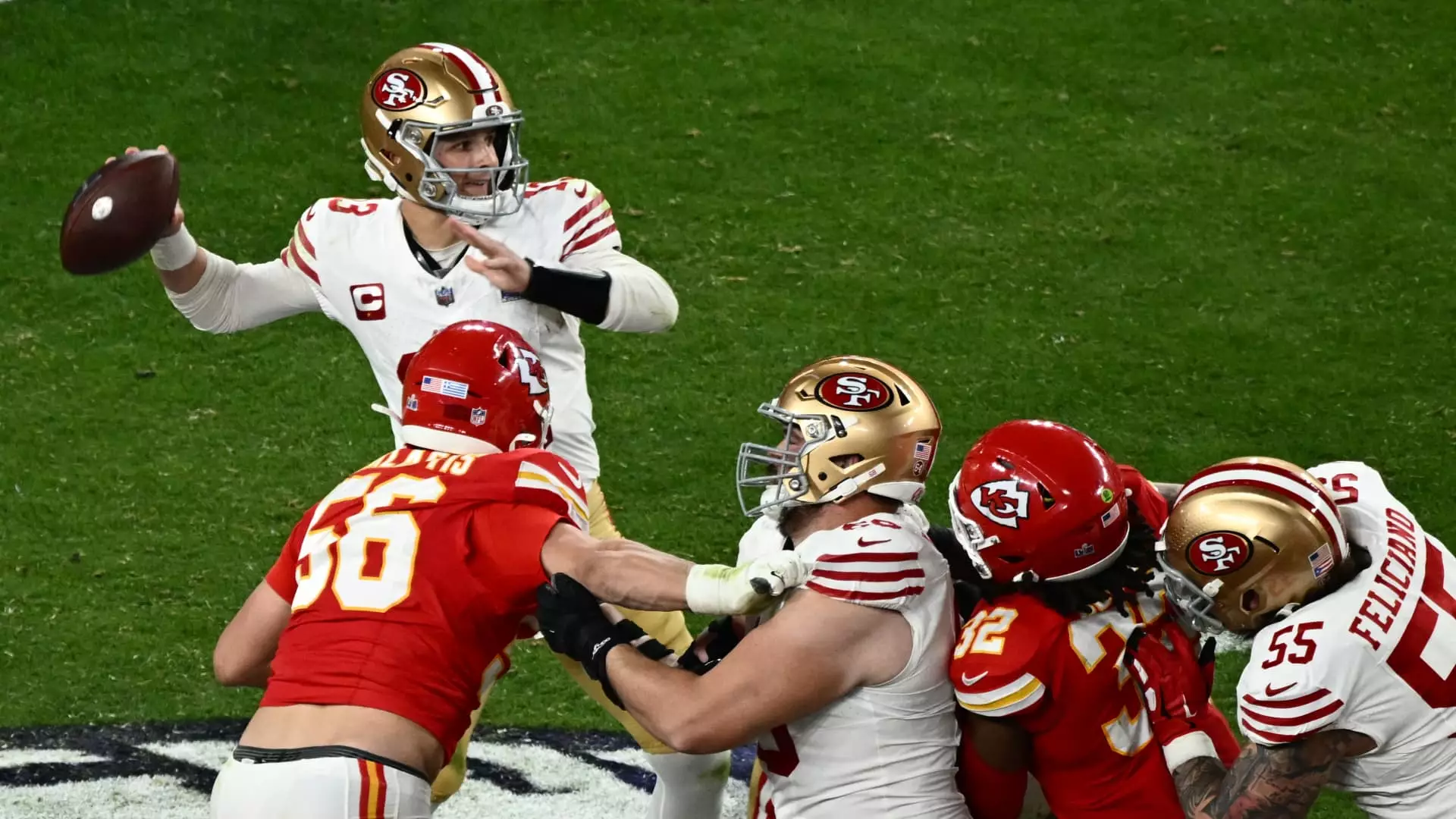The landscape of talent evaluation in professional sports is undergoing a transformative shift. Brock Purdy, the San Francisco 49ers quarterback, embodies this evolution, as he was famously the last pick in the 2022 NFL Draft but subsequently led his team to the Super Bowl. His surprising rise highlights the shortcomings of traditional scouting methods, which often miss critical attributes that contribute to a player’s success. As organizations aim to refine their evaluation processes, the integration of artificial intelligence (AI) emerges as a promising solution, not just in American football, but also in soccer.
Al Guido, president of the San Francisco 49ers, emphasizes the critical need for improved evaluation techniques. The 49ers’ ownership group also manages Leeds United, an English football club, which further complicates the scouting landscape due to the global nature of soccer. Unlike the more centralized structure of the NFL, soccer encompasses numerous leagues worldwide, each with varying degrees of competition and player development pathways. This diversity makes it challenging to accurately assess talent using conventional scouting metrics that might work well in one context but fail in another.
Guido’s remarks during an interview on Radio Row in New Orleans illuminate this complexity. The ability to comprehend player potential requires a more nuanced approach—one that goes beyond standard statistics. Players like Purdy, whose abilities were overlooked, suggest that reliance on traditional measurements can lead to significant misjudgments in talent acquisition.
To bridge this gap in talent evaluation, the 49ers are exploring innovative methods, including the integration of AI. Guido posits that leveraging advanced statistical analyses could provide an edge in scouting by identifying qualities that human evaluators might overlook. For instance, AI can analyze game footage, player movements, and even psychological traits to create a comprehensive profile of a player’s capabilities. This approach could drastically enhance the understanding of what makes a successful player, thereby reducing the likelihood of missing out on top talent as they did with Purdy.
Furthermore, Guido’s vision suggests that combining traditional scouting practices with data-driven insights will create a more robust framework for assessing players. By employing AI, sports organizations can refine their criteria for what constitutes a viable prospect, thus fostering a more profound appreciation for diverse playing styles and skill sets.
As Purdy approaches a contract extension this off-season, his story serves as a catalyzing example for sports franchises everywhere. The shift toward data-informed decisions promises not only to enhance recruitment strategies but also to alter the very nature of how success is defined in sports. This crucial intersection of technology and human insight may redefine the contours of player evaluation, helping teams discover hidden gems and incontestable talents—even those who, like Purdy, were previously overlooked.
As organizations like the 49ers embrace the prospects of AI, the future of talent assessment looks increasingly promising and intricate. With the right tools and methodologies, the goal of identifying top-tier athletes can shift from mere luck to informed strategy, heralding a new era in sports recruitment.

